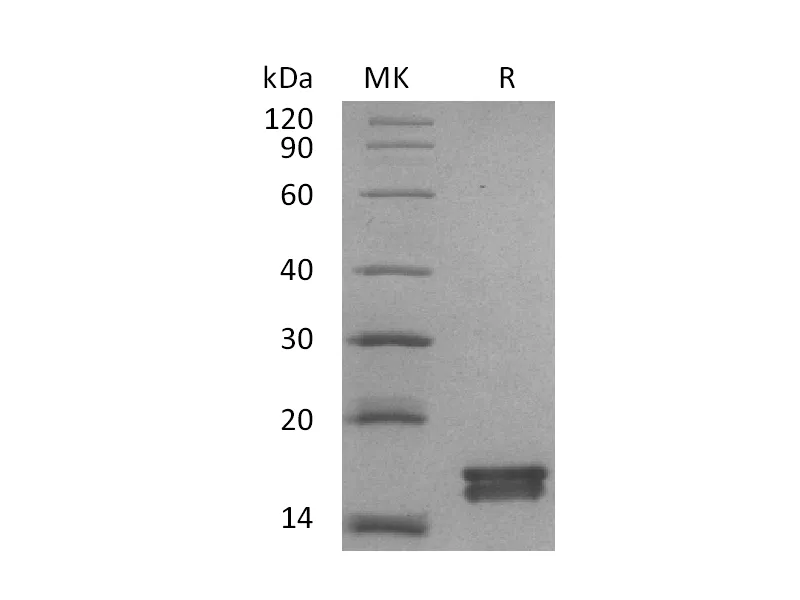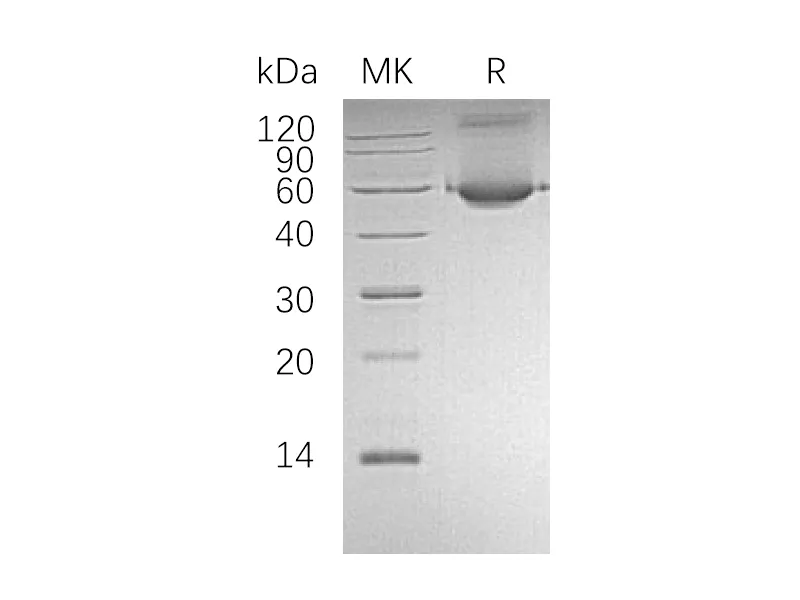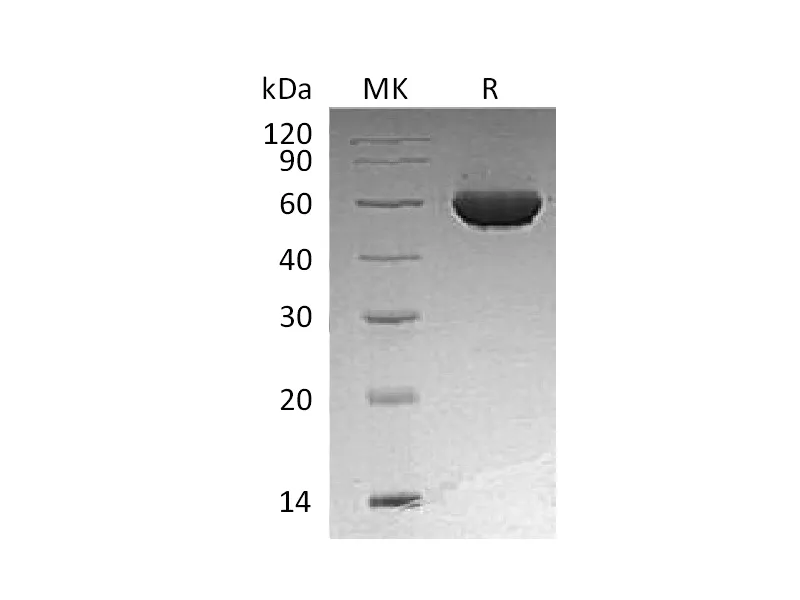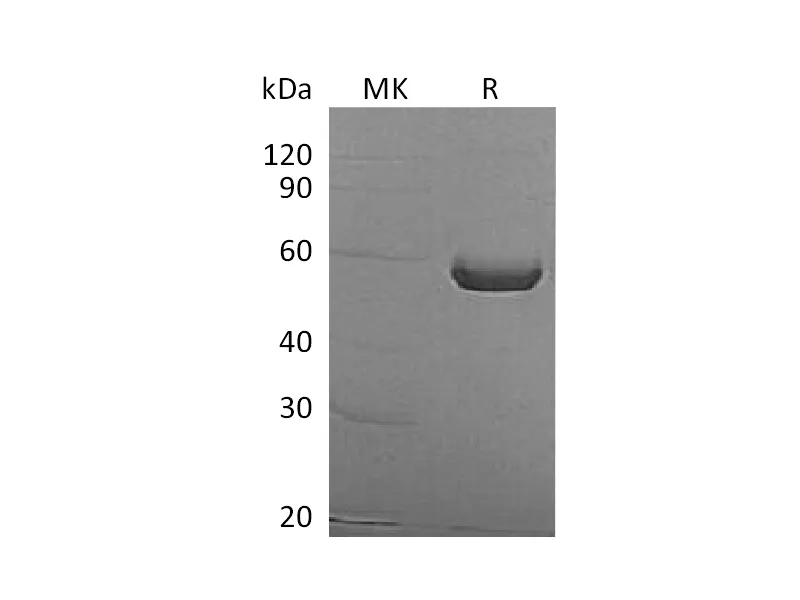Alternative Names
Apolipoprotein D; Apo-D; ApoD; APOD
Background
Apolipoprotein-D (ApoD) is an atypical apolipoprotein and, based on its primary structure, it also a member of the lipocalin family. ApoD is mainly associated with high density lipoproteins in human plasma. ApoD is expressed in numerous tissues having high levels of expression in spleen, testes and brain. ApoD plays a role in maintenance and repair within the central and peripheral nervous systems. ApoD occurs in the macromolecular complex with lecithin-cholesterol acyltransferase. It is a multi-ligand, multi-functional transporter and transports a ligand from 1 cell to another. ApoD is probably involved in the transport and binding of bilin, it appears to be able to transport a variety of ligands in a number of different contexts.
Note
For Research Use Only , Not for Diagnostic Use.




